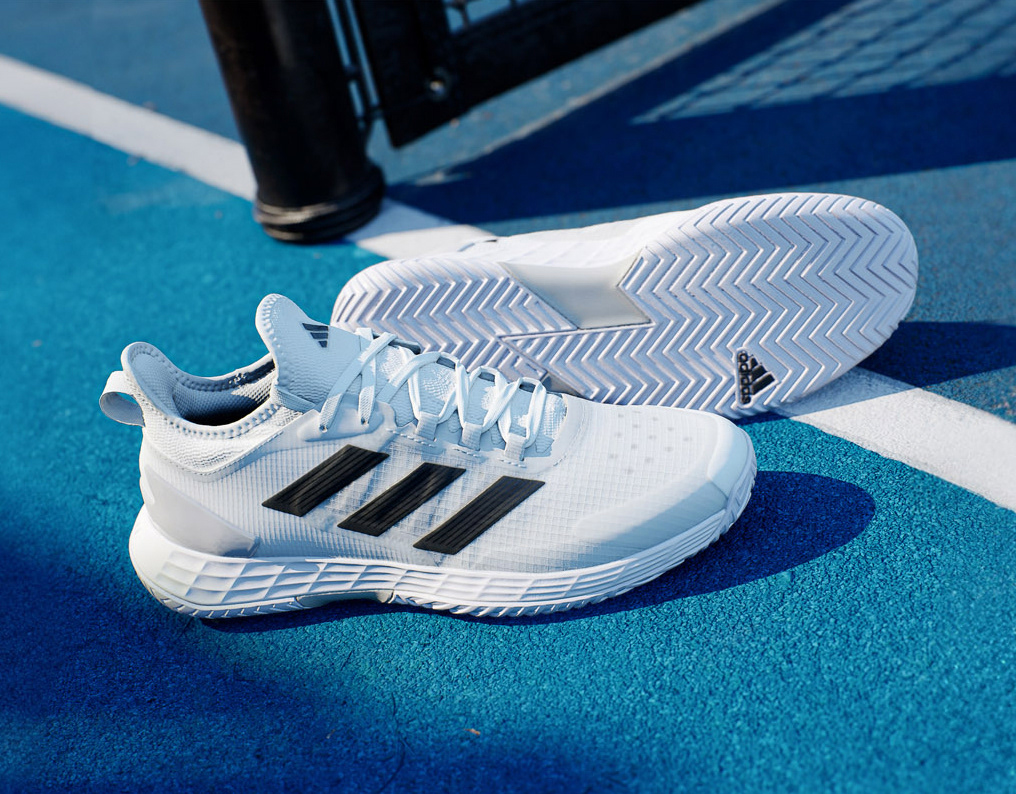April Greiman — Exhibition
April Greiman was maybe one of the first designers taking advantage of the computer capabilities and, most of all, the computer error for doing design. Also, she may be considered one of the founders of the New Wave movement on graphic design.
This project regards the design of an exhibition about April Greiman and was meant to be shown in Colégio das Artes, in the Department of Architecture of the University of Coimbra.
The exhibition was organized chronologically along with the several rooms. Since those were very wide, it was traced an imaginary path by placing the diverse elements in such a way that people were directed and so could visit the artefacts in the right order.
We first made a research for accessing the fundamental keywords of Greiman’s work; That included her graphic designs, exhibition designs, photography and architectural interventions. The keywords obtained were: transmedia, things floating, depth through layers and digital error (like pixels and noise).
Furthermore, it was identified some more concrete aspects of her work, which were then rethought for building the exhibition. For instance, on her exhibitions, it is noticeable (i) the use of additional wood walls for holding artefacts, (ii) printing photos on big boards leaning against the walls and (iii) using plinths with glass tops.
We decided to use the walls of the building as little as possible . Instead, it was designed wooden structures with a white lacquered MDF front face, for holding the major of the exhibited artefacts. That would not only align with Greiman’s work but also make it easier to moved the exhibition to another showroom.
None of the artefacts of the exhibition would be original so it was important for that to be clear to the visitors. Thus, all the artefacts would be exhibited in non-original supports. For instance, most of them were designed to be printed directly on the lacquered MDF boards of the wooden walls.
Also, other detailed information, like labels and longer biographic texts, should be printed the same way. Since those were small font-size texts, it was chosen Adobe Garamond Pro for ensuring a good readability.
Greiman used big boards for showing photos. In this exhibition, big lacquered MDF boards were used for displaying titles and other relevant information about each of the walls. Those were made very pixelated for clearly relating to Greiman’s work.
Having that Greiman was one of the first taking advantage of the new tech of that time (the computer), we set up to take advantage of the pros and cons of a “new tech” of nowadays — the hologram.
Thus, the plinths with glass on the top served as inspiration for building hologram boxes with which the visitors would be able to explore artworks or even layer them out. The interaction should be done through a remote, built out of an Arduino board and two buttons. The remote should hold a transparent and haddock look, taking advantage of the technological “weaknesses”, as well as Greiman did.
Throughout our research, it was found an old video of Greiman. Thus, we decided to create a spot for visitors to sit and watch. That video should be projected to a “floating” whiteboard, which should be held by wires coming from the ceiling. Similar boards should also be used for displaying Greiman’s architectural works.
It would be a lack to show photos of the architectures instead of taking advantage of the technology for driving the visitors into the places. Thus, it was built a program that used Google Maps Street View for letting visitors to explore the space around Greiman’s architectural interventions. Again, the visuals of that program used layered and noisy images for relating better to Greiman’s work.
Notice that all our design options relate in many ways to the referred keywords about Greiman’s work — (i) it was used and even added a new media (the hologram); (ii) objects were always composed/placed by using several layers and depth; and (iii) the pixel and noise were highly emphasised by the typography and images treatment; Also, it was assumed the haddock look of the controllers, as well as the low resolution and perspective issues of the holograms (they may only be seen by certain angles).
Curatorship by Danie'Lopes, Daniela Castro, Filipe Camacho and Helena Almeida;
3D renders by Filipe Camacho;
Remote by Daniela Castro and Helena Almeida;
Digital mockups by Danie'Lopes.
Holographic spot mockup by Danie'Lopes.
This was an academic work oriented by Artur Rebelo e Tiago Martins.
(2016)

Her work:


The route through the rooms:

Wooden structures building details (inspired by Greiman's work):

Exhibition 2D and 3D mockups:





































































